The Complete Guide to Rhinoplasty: Understanding the Procedure from Start to Finish
Welcome to our comprehensive guide on rhinoplasty, authored by Dr. Kanika Singla. As a renowned specialist in cosmetic and reconstructive surgery, I am excited to shed light on this transformative procedure that has helped countless individuals achieve their desired facial harmony.
What is Rhinoplasty?
Rhinoplasty, often referred to as a “nose job,” is a surgical procedure aimed at reshaping the nose to improve its appearance or function. It is one of the most commonly performed cosmetic surgeries globally, with its origins dating back centuries. While initially developed to correct nasal deformities resulting from trauma or congenital abnormalities, rhinoplasty has evolved to encompass aesthetic enhancement as well.
Modern rhinoplasty techniques are highly sophisticated, allowing surgeons to address a wide range of concerns, including:
- Altering the size or shape of the nose
- Correcting asymmetry
- Refining the nasal tip
- Straightening a crooked nose
- Improving breathing by correcting structural issues such as a deviated septum
Each rhinoplasty procedure is tailored to the unique anatomical features and aesthetic goals of the patient, ensuring natural-looking results that complement their facial features.
Reasons for Considering Rhinoplasty:
People consider rhinoplasty for various reasons, both cosmetic and functional:
Cosmetic Enhancement: Many individuals seek rhinoplasty to improve the appearance of their nose and achieve facial harmony. Common aesthetic concerns include a prominent dorsal hump, a bulbous tip, or overall disproportionality of the nose in relation to other facial features.
Correction of Nasal Deformities: Congenital abnormalities, such as a cleft lip or palate, or acquired deformities resulting from trauma can significantly impact nasal appearance and function. Rhinoplasty can address these deformities, restoring both aesthetics and functionality.
Improved Breathing: Structural abnormalities within the nose, such as a deviated septum or nasal valve collapse, can obstruct airflow and lead to breathing difficulties. Rhinoplasty can correct these issues, allowing for improved nasal breathing and overall quality of life.
Boost in Self-Confidence: For many individuals, dissatisfaction with the appearance of their nose can significantly impact self-esteem and confidence. Rhinoplasty can help alleviate these insecurities, allowing patients to feel more comfortable and confident in their own skin.
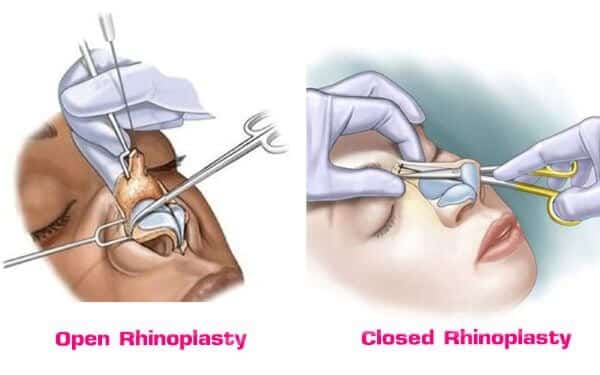
Benefits and Risks of Rhinoplasty
Benefits:
- Improved Facial Harmony: Rhinoplasty can enhance the overall balance and proportion of facial features, resulting in a more aesthetically pleasing appearance.
- Enhanced Self-Confidence: By addressing cosmetic concerns or functional issues, rhinoplasty can boost self-esteem and improve quality of life.
- Customized Results: Surgeons tailor each rhinoplasty procedure to the individual patient’s anatomy and goals, ensuring personalized and natural-looking outcomes.
Risks:
- Surgical Risks: As with any surgery, rhinoplasty carries risks such as infection, bleeding, and adverse reactions to anesthesia.
- Suboptimal Results: Despite meticulous planning and execution, there is a possibility of dissatisfaction with the aesthetic outcome of rhinoplasty. Revision surgery may be necessary in some cases.
- Functional Complications: While rhinoplasty can improve nasal breathing, there is a risk of complications such as persistent nasal congestion or altered sense of smell.
Preparing for Rhinoplasty:
Preparing for rhinoplasty involves finding the right plastic surgeon who specializes in nasal surgery. Research and consult with multiple surgeons to find one who understands your goals and has the expertise to achieve them. During the initial consultation, discuss your expectations, medical history, and any concerns with the surgeon. Together, you’ll plan the specifics of your rhinoplasty, including the desired outcome and surgical approach. Follow preoperative instructions carefully, which may include avoiding certain medications and preparing your home for recovery. By taking these steps seriously, you set the stage for a successful rhinoplasty experience.
The Rhinoplasty Procedure:
Surgical Techniques Used in Rhinoplasty:
Rhinoplasty employs various surgical techniques tailored to address individual concerns and achieve desired results. These may include:
- Open Rhinoplasty: A small incision is made across the columella (the strip of tissue between the nostrils), allowing for better visibility and access to the nasal structures.
- Closed Rhinoplasty: Incisions are made inside the nostrils, hidden from view. This technique is often preferred for minor adjustments and offers quicker recovery times.
- Reshaping the Nasal Framework: Cartilage and bone may be removed, added, or reshaped to achieve the desired nasal contour.
- Refinement of the Nasal Tip: Techniques such as cartilage grafting or suturing are used to refine and reshape the nasal tip.
- Straightening the Nasal Septum: If necessary, the septum (the cartilage dividing the nasal passages) may be straightened to improve breathing.

What to Expect During the Procedure:
- Incisions: Depending on the chosen technique, incisions are made either inside the nostrils (closed rhinoplasty) or across the columella (open rhinoplasty).
- Reshaping the Nose: Your surgeon will carefully manipulate the nasal bones, cartilage, and tissue to achieve the desired shape and proportions.
- Septoplasty (If Necessary): If you’re undergoing septoplasty to correct a deviated septum, your surgeon will straighten and reposition the septal cartilage and bone.
- Closing Incisions: Once the necessary adjustments have been made, the incisions are meticulously closed with sutures or surgical glue.
- Postoperative Care: Following the procedure, you’ll be monitored closely as you wake up from anesthesia. Your surgeon will provide instructions for postoperative care and arrange for follow-up appointments.
Recovery and Aftercare:
Postoperative Care Instructions:
Your surgeon will provide detailed postoperative care instructions tailored to your specific needs. These may include:
- Nasal Dressings: If applicable, your surgeon may place nasal packing or splints to support the nasal structures during healing.
- Medication: You’ll likely be prescribed pain medications to manage discomfort and antibiotics to prevent infection. Follow your surgeon’s instructions regarding medication dosage and frequency.
- Activity Restrictions: Avoid strenuous activities and lifting heavy objects for several weeks following surgery to minimize the risk of complications.
- Nasal Hygiene: Keep the nasal area clean by gently cleaning the nostrils with saline solution and avoiding blowing your nose forcefully.
- Follow-Up Appointments: Attend all scheduled follow-up appointments with your surgeon to monitor your progress and ensure proper healing.
Managing Pain and Discomfort:
- Pain Medication: Take prescribed pain medications as directed by your surgeon to alleviate discomfort. Over-the-counter pain relievers may also be used, but consult with your surgeon first.
- Cold Compresses: Applying cold compresses to the nasal area can help reduce swelling and alleviate pain. Use a clean cloth or ice pack wrapped in a towel and apply it gently to the nose for short intervals.
- Elevation: Keep your head elevated while resting or sleeping to minimize swelling and promote drainage of fluids from the nasal tissues.
In conclusion, rhinoplasty is a surgical procedure that requires careful consideration and thorough understanding. By following the preparation, procedure, and aftercare guidelines, individuals can achieve their desired results with minimal risks.
FAQ
The recovery period typically lasts 1-2 weeks, with swelling and bruising gradually subsiding over time.
Yes, rhinoplasty can correct structural issues within the nose that may be hindering proper breathing.
While revision rhinoplasty is an option, it is important to communicate openly with your surgeon during the planning stages to ensure the best possible outcome.
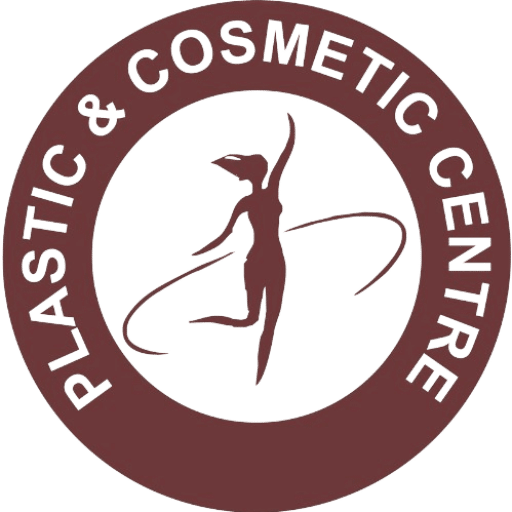
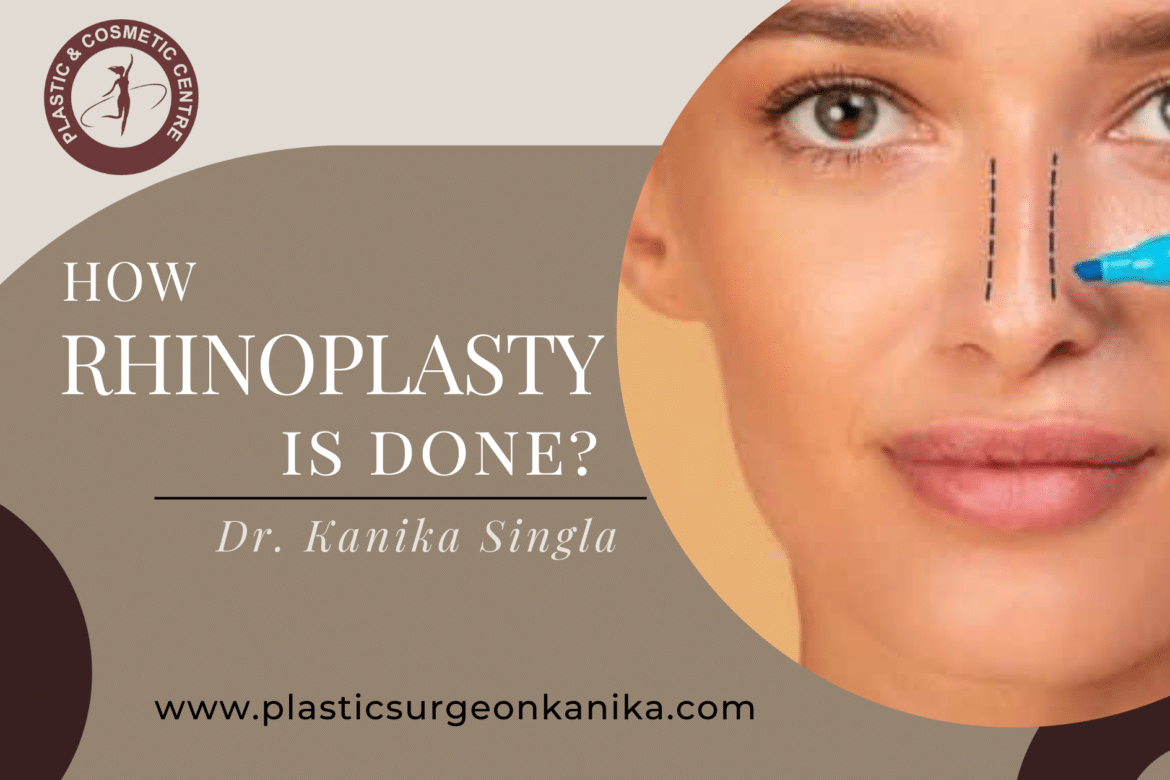

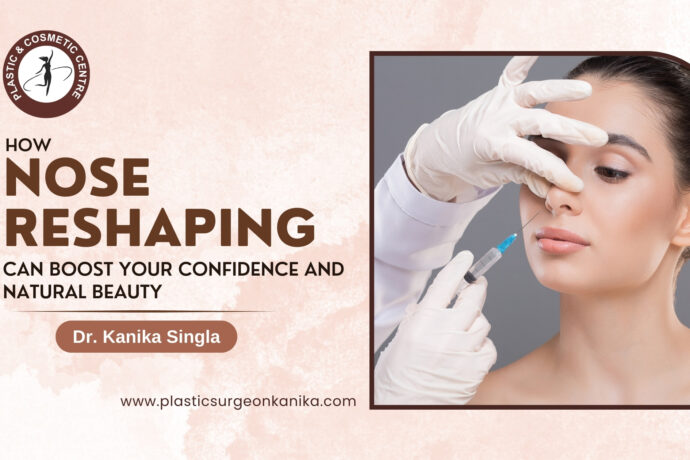
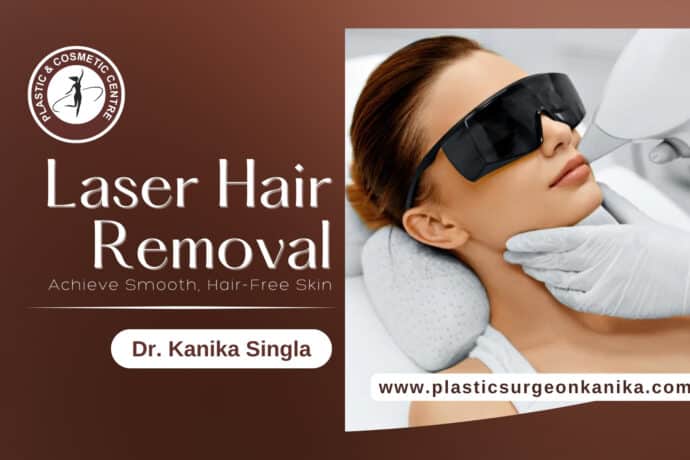
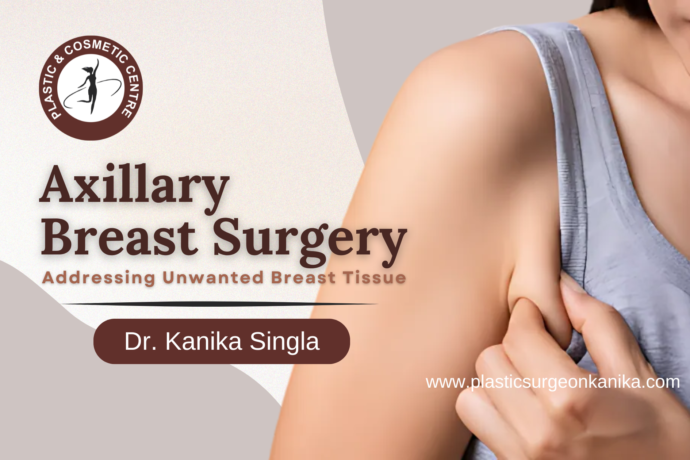
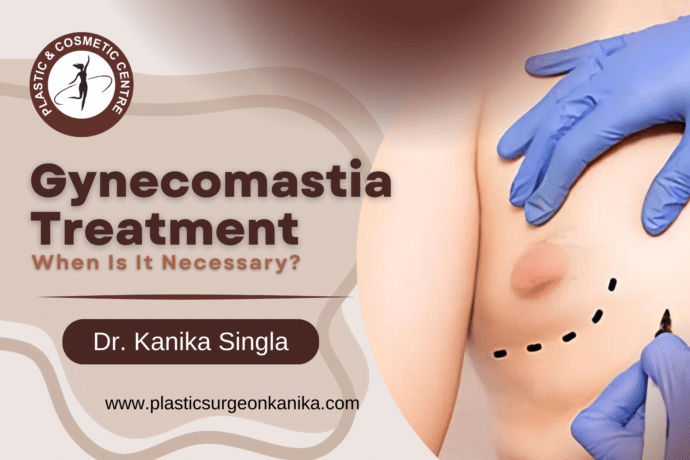


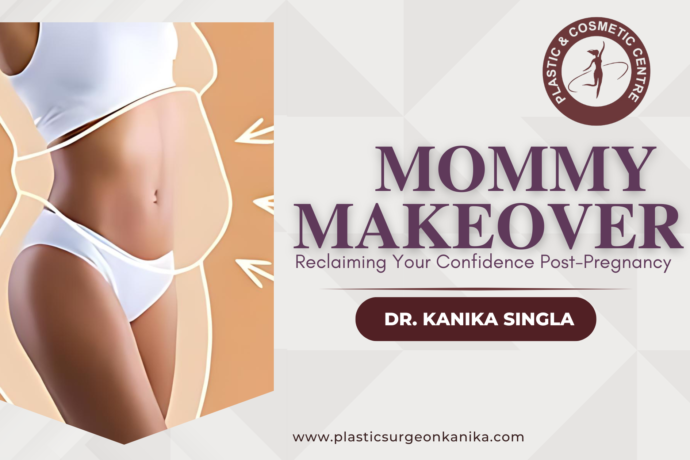
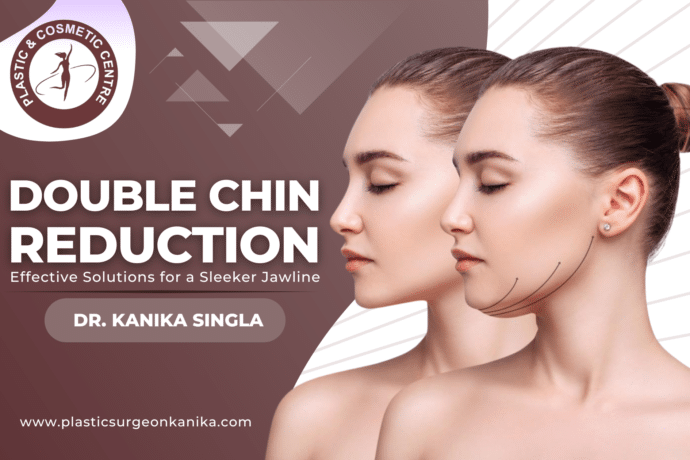
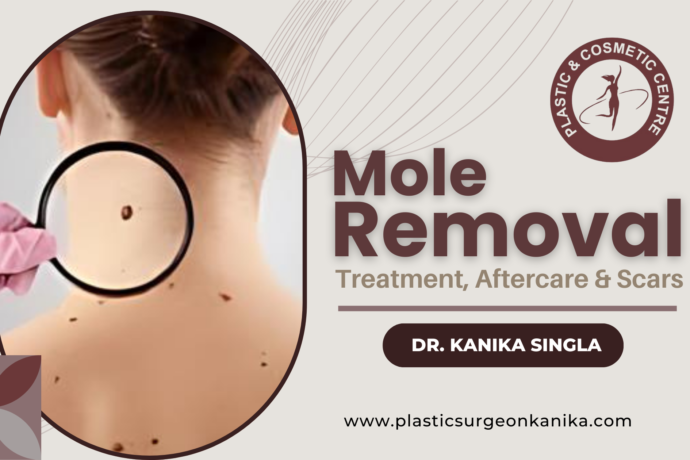
Leave a comment